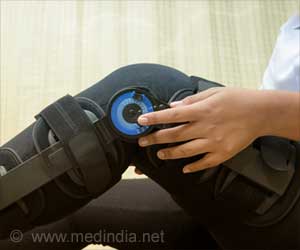Taking a step closer towards the creation of artificial nerve cells, scientists have now found that neurotransmitters can be used to communicate between the nerve cells in the body.
Taking a step closer towards the creation of artificial nerve cells, scientists have now found that neurotransmitters can be used to communicate between the nerve cells in the body.
Just like cochlear implants and electrodes, current methods to stimulate nerve signals in the nervous system are based on electrical stimulation.Cochlear implants are surgically inserted into the cochlea in the inner ear, while electrodes are used directly in the brain.
One problem with this method is that all cell types in the vicinity of the electrode are activated, which gives undesired effects.
But scientists have now used an electrically conducting plastic to create a new type of "delivery electrode" that instead releases the neurotransmitters that brain cells use to communicate naturally.
The technique is beneficial because only neighbouring cells that have receptors for the specific neurotransmitter, and that are thus sensitive to this substance, will be activated.
The scientists have shown that the delivery electrode can be used to control the hearing function in the brains of guinea pigs.
Scientists want to continue with the development of a small unit that can be implanted into the body.
Research projects that are already under way are targeted towards hearing, epilepsy and Parkinson's disease.
The technology has been published in an article in Nature Materials.
Source-ANI
LIN
 MEDINDIA
MEDINDIA



 Email
Email





